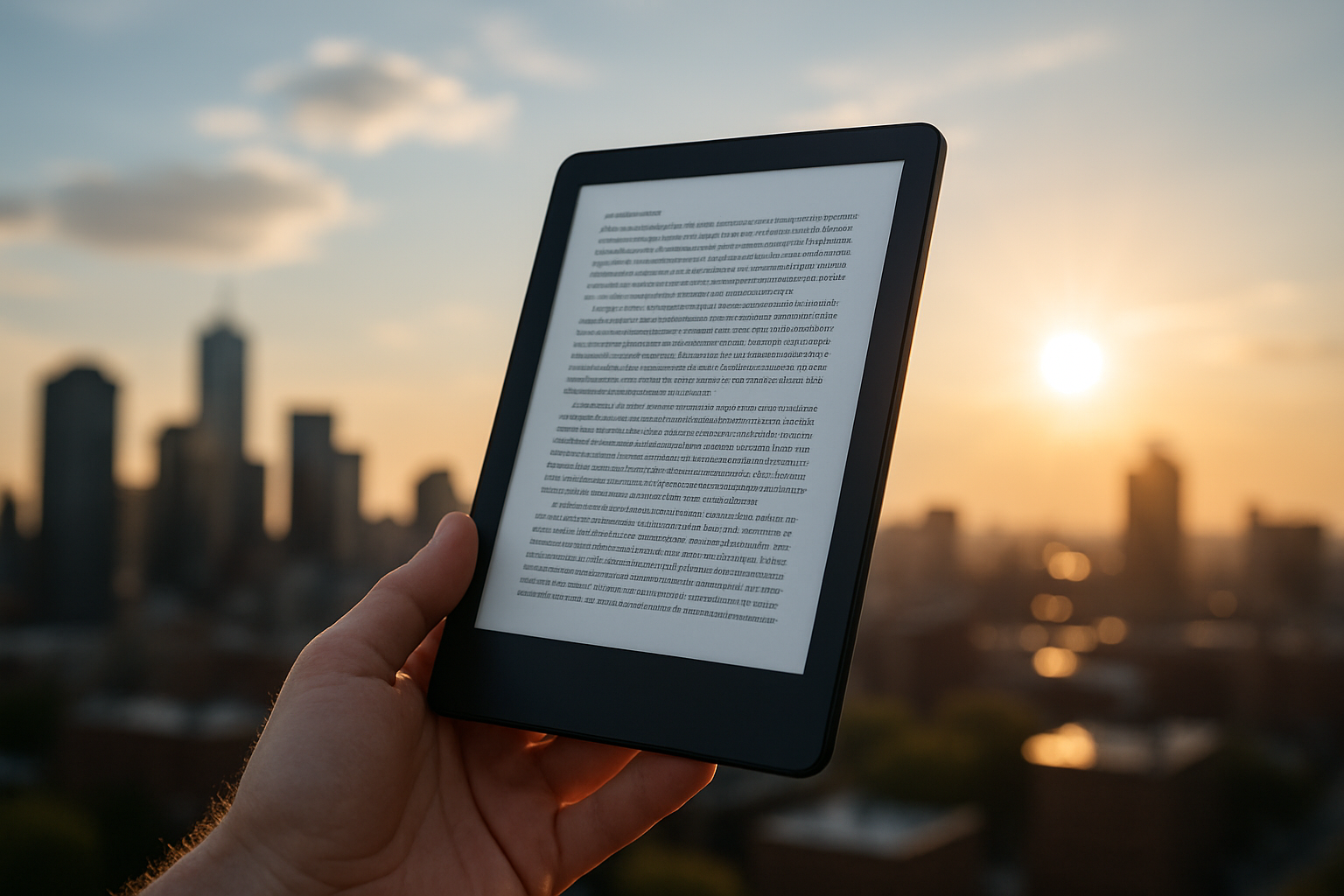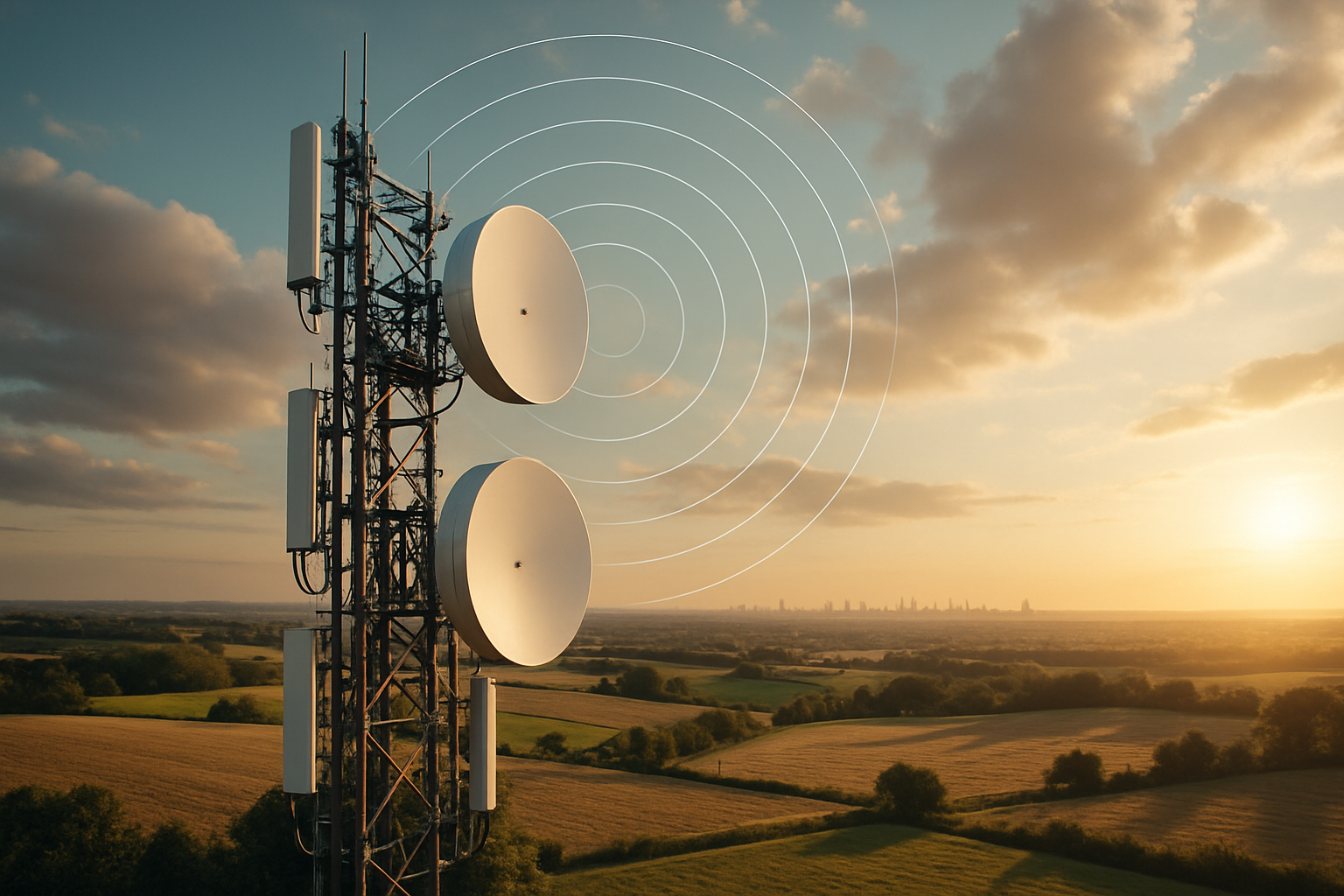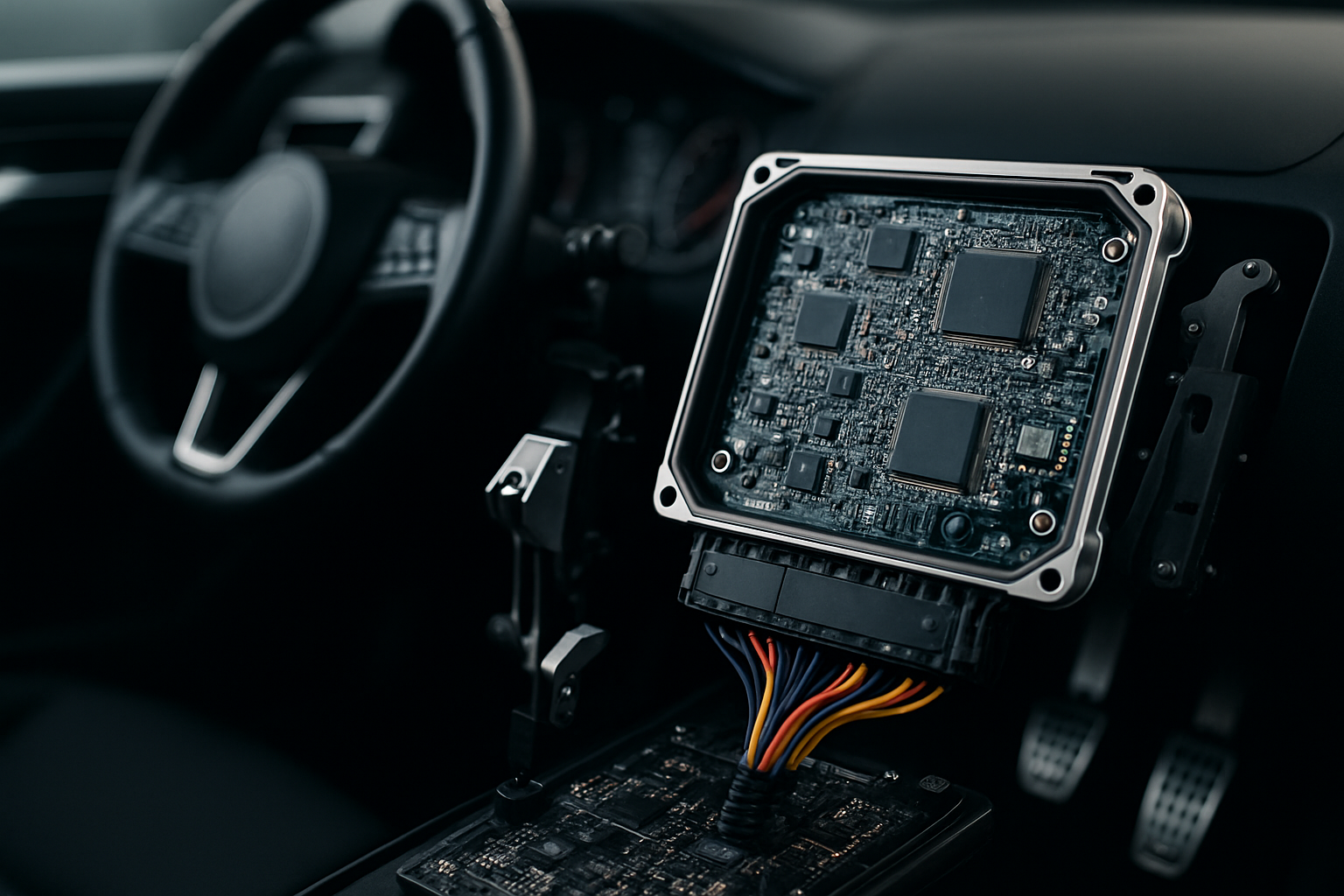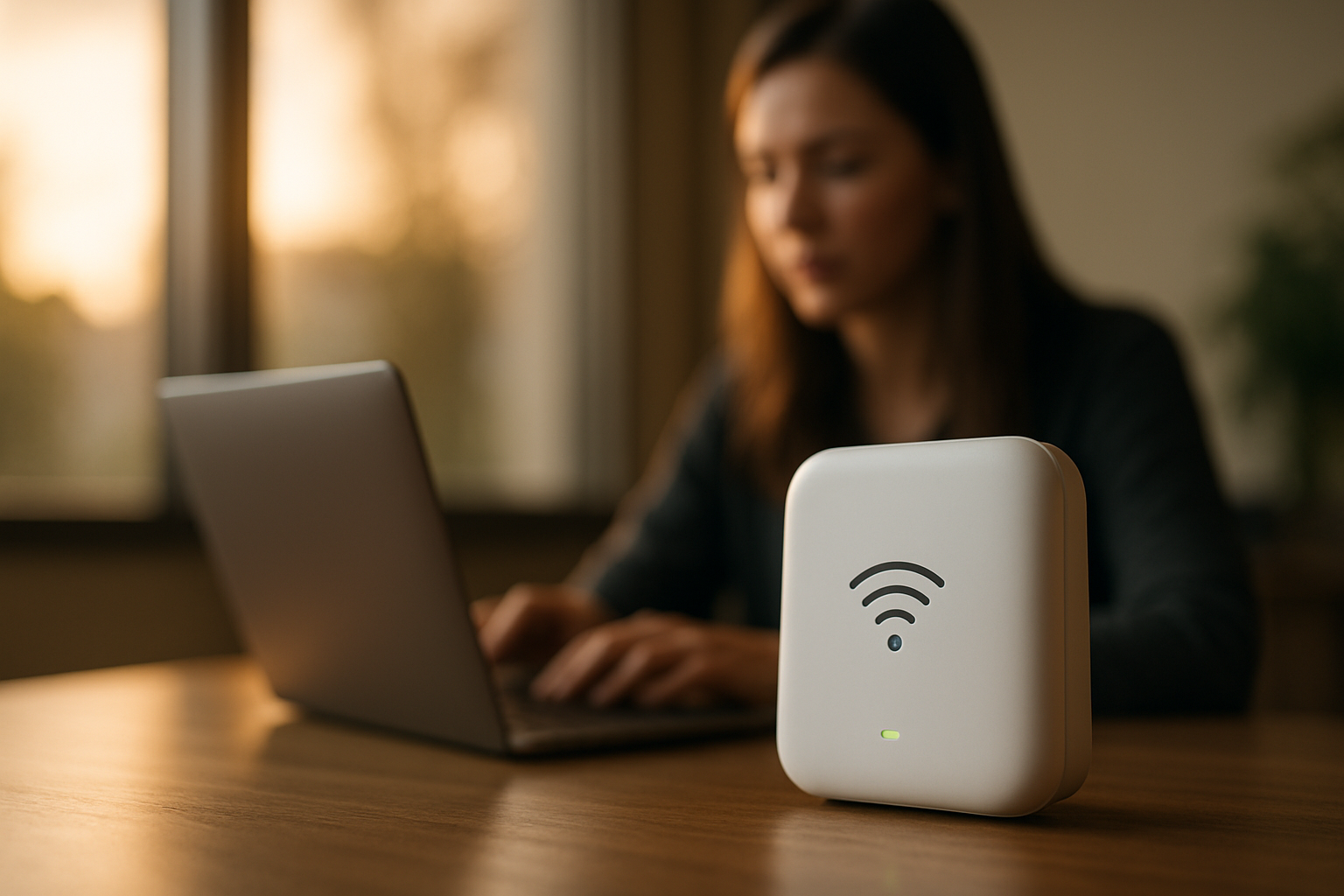The Dawn of Electronic Paper: A Bright Future for Display Technology
The world of tech is abuzz with the recent advancements in electronic paper technology. This cutting-edge innovation promises to revolutionize the way we interact with screens, offering a promising alternative to traditional display systems. But what exactly is electronic paper, and why is it the talk of the town? Let's dive in and explore!

The Genesis of Electronic Paper
The concept of electronic paper (e-paper) traces its roots back to the 1970s when Nick Sheridon at Xerox’s Palo Alto Research Center began work on the Gyricon, a rotating-ball, electronic display technology. While the Gyricon was an interesting concept, it was not until the late 1990s that e-paper started to take shape as we know it today. This was when E Ink Corporation, a company founded by MIT researchers, developed electronic ink—a technology that mimics the appearance of regular ink on paper but can be manipulated electronically.
The E-Ink Revolution
The first commercial product that utilized E-Ink technology was the Sony Librié, an eBook reader launched in 2004. Soon, other tech giants like Amazon and Barnes & Noble adopted the tech for their eReaders, recognizing the benefits of e-paper displays for long-form reading. The key advantage? E-paper screens reflect light like ordinary paper, reducing eye strain and providing better readability in bright sunlight.
The Next Phase: Color E-paper
Fast forward to today, and the e-paper technology is undergoing another exciting transformation: the introduction of color. Although earlier attempts at color e-paper struggled with poor saturation and limited color range, recent breakthroughs have led to more vibrant and dynamic displays. In 2020, E Ink announced the launch of its Kaleido Plus color e-paper technology, offering a wider color gamut and improved clarity.
The Potential Market Impact
While the initial applications of e-paper have been in eReaders and digital signage, the potential for this technology is vast. With its low power consumption, excellent readability, and now, color display capabilities, e-paper could find use in everything from smart home devices to wearable tech. However, a significant barrier is the cost. The price of color e-paper displays is still high compared to LCD and OLED screens, but as the technology matures and production scales up, costs are expected to decrease.
Electronic Paper: The Future of Display Tech?
So, is electronic paper the future of display technology? It’s too early to say. While e-paper offers several advantages over traditional screens, it also has limitations, such as slow refresh rates and less vibrant colors compared to OLED displays. Nevertheless, with the continuous advancements in this field, we could soon be interacting with our devices in ways we never thought possible. And that’s an exciting prospect for any tech enthusiast.
In short, electronic paper represents a significant stride in display technology, merging the best of digital and analog worlds. Its journey from an experimental idea to a commercially viable product is a testament to the relentless innovation that propels the tech world forward. And as we stand on the cusp of a new era in display tech, one thing is clear: the future looks bright, and it’s paper-thin!





